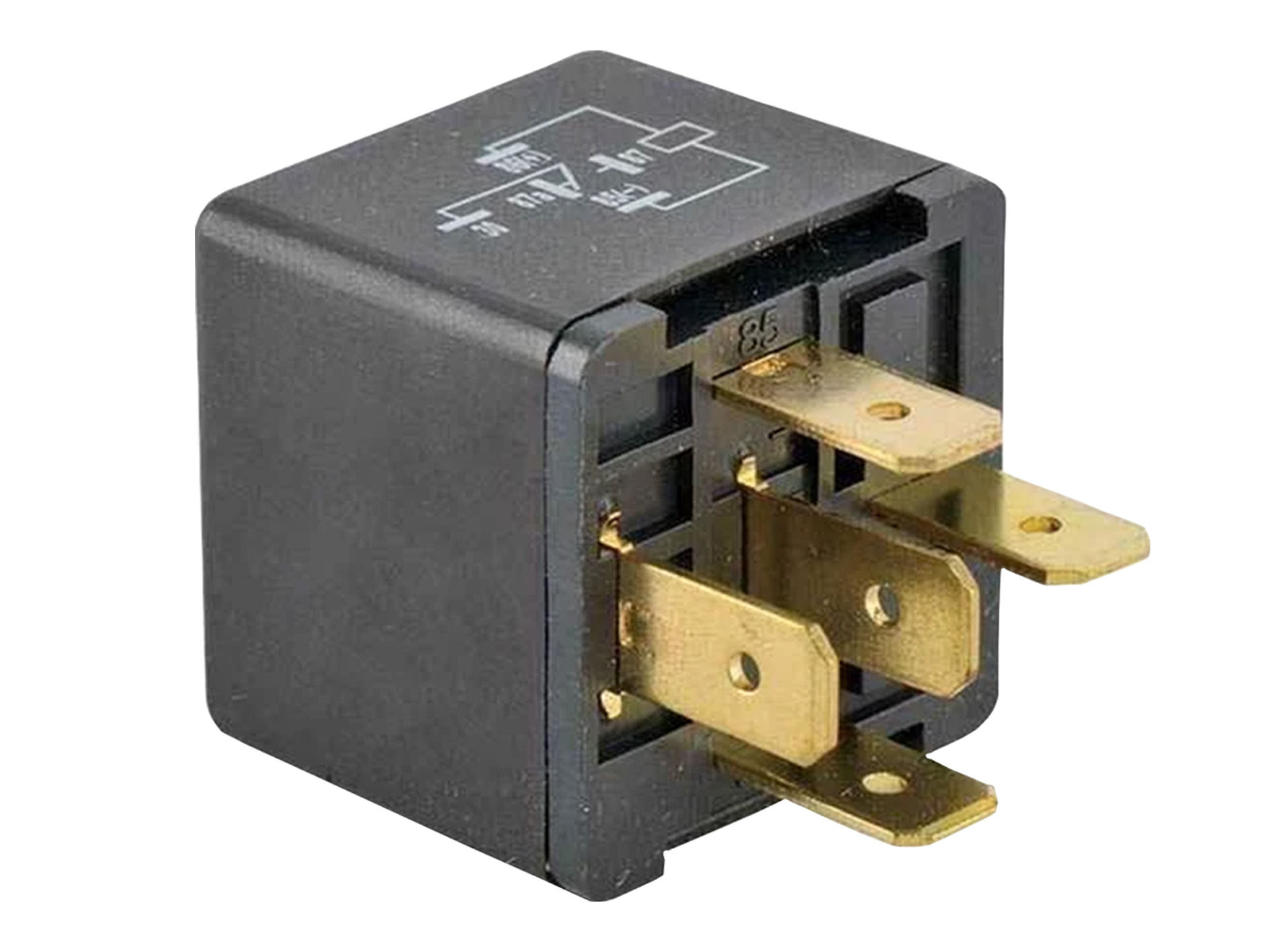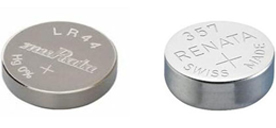Different Types of Relays: Function and Applications
2024/11/1 9:53:30
Views:
Relays are essential components in electrical and electronic systems, performing various functions such as switching, protecting, and controlling circuits. With diverse types tailored to specific applications, understanding the distinctions between relay types can significantly enhance system efficiency and reliability. This article provides a detailed overview of the various types of relays and their unique features.
What is a relay, and how does it function?
A relay is an electromechanical or electronic device that uses a low-power signal to control a higher power circuit, enabling the switching of electrical loads.
Types of Relay - Different Types of Relay - Classification of Relays
Table of Contents
- Types of Relays
- Electromagnetic Relay
- Solid State Relay
- Thermal Relay
- Time Relay
- Frequency Relay
- Voltage Relay
- Current Relay
- Intermediate Relay
- Electronic Relay
- Pulse Relay
- conclusion
- Commonly Asked Questions
Types of Relays
Relays come in numerous types, each serving specific functions. Below are the major types of relays in use today, including their unique properties and areas of application.
Electromagnetic Relay

Electromagnetic relays operate using the principle of electromagnetism. When current flows through a coil inside the relay, it generates a magnetic field that attracts a lever, closing or opening a circuit.
Advantages and Applications
Electromagnetic relays are commonly used in switching circuits, industrial automation, and protection systems. They provide reliable high switching capacity and excellent isolation between the control and load circuits, making them ideal for high-power applications.
Solid State Relay

A solid state relay (SSR) performs switching without any moving parts by using semiconductor components like transistors, thyristors, or triacs. This electronic construction allows for noise-free, fast, and reliable operation.
Advantages and Applications
Solid-state relays are well-suited for high-speed switching and applications with frequent on/off cycles, such as industrial heating, lighting control, and automated manufacturing systems.
Thermal Relay

Thermal relays use the principle of thermal expansion. A bimetallic strip within the relay heats up, bending at a preset temperature to interrupt the current and protect against overheating.
Advantages and Applications
Thermal relays are widely applied in motor protection and overload protection circuits, safeguarding motors, transformers, and other devices from excessive heat due to overloads.
Time Relay

A time relay is designed to control the duration for which a circuit remains active. This relay can delay opening or closing a circuit based on a specified time interval.
Advantages and Applications
Time relays are commonly used in automation, industrial control systems, and lighting applications, where delayed or sequential operations enhance system functionality, such as in conveyor systems and sequential machinery.
Frequency Relay

Frequency relays monitor the frequency of an electrical system, activating when it detects a frequency outside a specified range, which is critical for ensuring system stability.
Advantages and Applications
Frequency relays play a significant role in power generation and distribution networks to protect against damage caused by abnormal frequency fluctuations that can destabilize sensitive equipment.
Voltage Relay

A voltage relay operates based on the voltage level within a circuit. It activates when the voltage reaches a predefined threshold, ensuring that the circuit remains within safe voltage limits.
Advantages and Applications
Voltage relays are vital in battery systems, power distribution, and UPS systems, where they provide essential overvoltage and undervoltage protection to prevent damage to components.
Current Relay

Current relays monitor circuit current, operating when current levels exceed or drop below preset limits, thus preventing overcurrent or undercurrent conditions.
Advantages and Applications
Current relays are integral to motor protection and industrial machinery applications, safeguarding against overcurrent conditions that could lead to overheating or equipment failure.
Intermediate Relay

An intermediate relay, or coupling relay, provides a link between control and power circuits, especially when voltage levels differ. It amplifies signals and isolates different circuit segments.
Advantages and Applications
These relays are common in industrial control panels, where they help amplify signals and isolate circuits, enabling low-voltage controls to operate high-voltage systems safely.
Electronic Relay

Electronic relays leverage electronic components like transistors to perform switching without mechanical parts, enabling faster and more reliable operation than traditional mechanical relays.
Advantages and Applications
Electronic relays are ideal for high-speed switching, telecommunications, and computers, where they provide consistent and quick responses in high-demand environments.
Pulse Relay

A pulse relay is activated by a brief current pulse, maintaining its state until it receives another pulse to reset. These relays are useful in applications that require a stable state without continuous power.
Advantages and Applications
Pulse relays are commonly found in memory circuits, alarm systems, and remote control applications, where they help maintain circuit states without requiring constant power.
conclusion
Each type of relay has its own unique application areas and advantages. By understanding the differences between relay types, you can choose the most effective relay for a particular application. Choosing the right relay not only ensures system functionality, but also increases efficiency, protects equipment, and extends the service life of key components.
Commonly Asked Questions
How do you test a relay?
To test a relay, use a multimeter to check for continuity across the output terminals when the relay is activated and measure the resistance of the coil to ensure it's within the specified range.What is the difference between a relay and a contactor?
A relay is used for low-power control signals, while a contactor is built for high-power applications, like controlling motors. Contactors handle larger currents and voltages, making them ideal for industrial use, whereas relays are smaller and used in appliances and smaller circuits.How do you test a car relay?
To test a car relay, remove it from its socket, apply 12V to the coil terminals, and listen for a click. Check continuity on the switch terminals when the relay is activated. If there is no click or if continuity is not achieved, the relay might need replacement.Solid State Relays vs Electromechanical Relays
Solid-state relays have no moving parts, offering greater durability and lifespan under high-speed or frequent switching conditions, whereas electromechanical relays may wear out faster due to mechanical contacts.Why use a relay instead of a switch?
While both devices control circuits, a relay is electrically operated and can be controlled remotely, allowing it to switch loads that are either higher in power or located farther away, unlike a manual switch.Related Information
-
-
Phone
+86 135 3401 3447 -
Whatsapp





